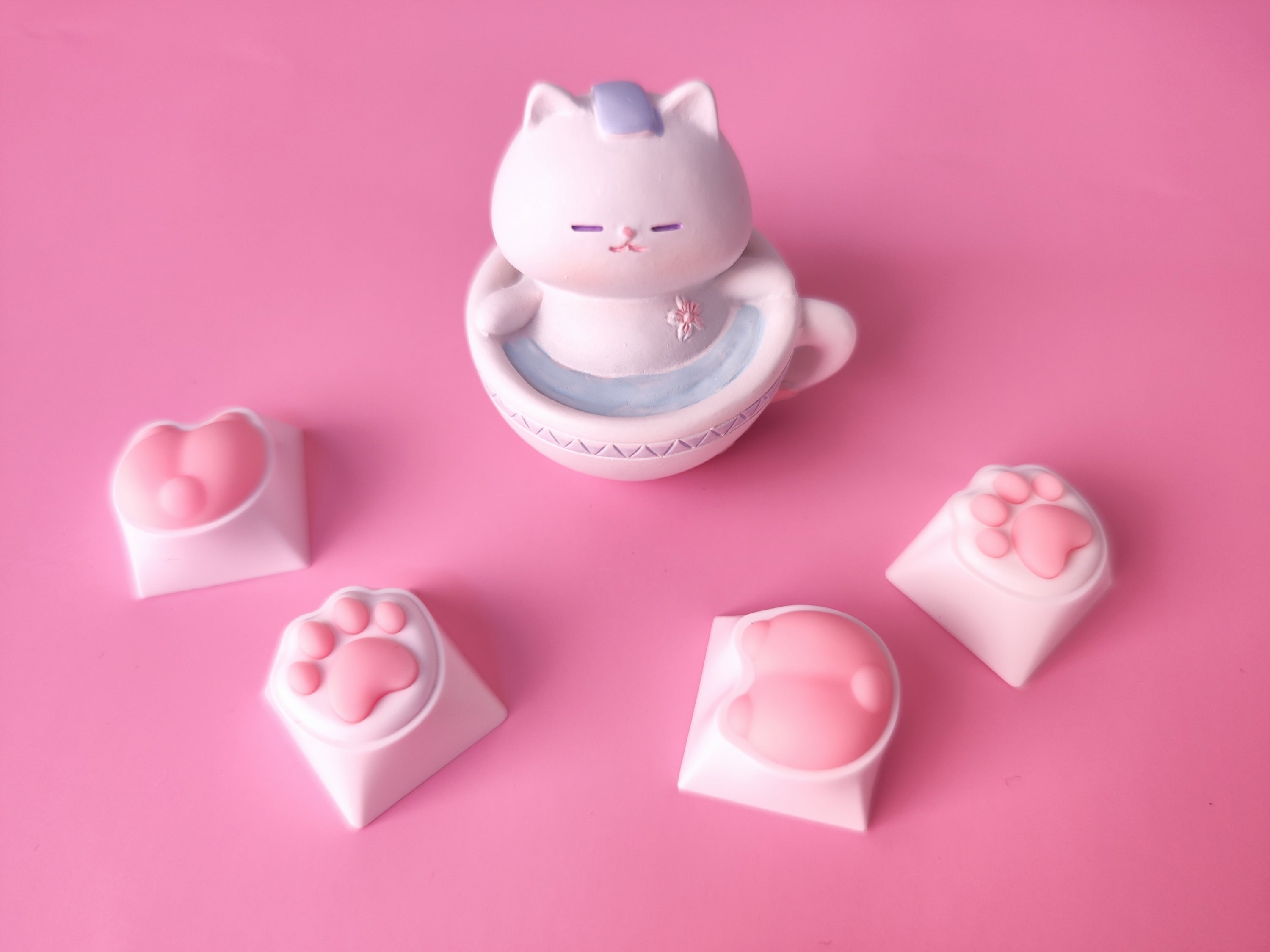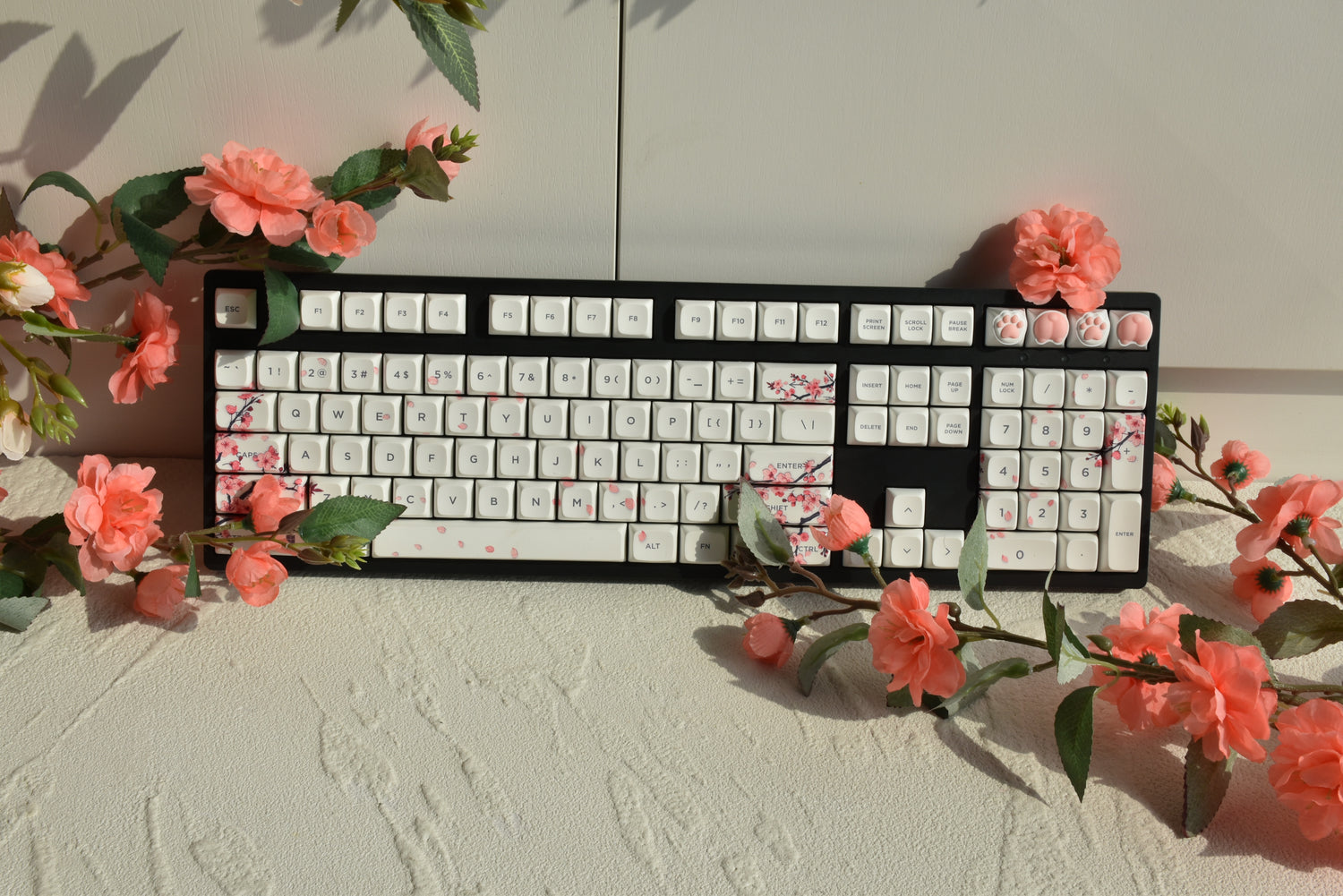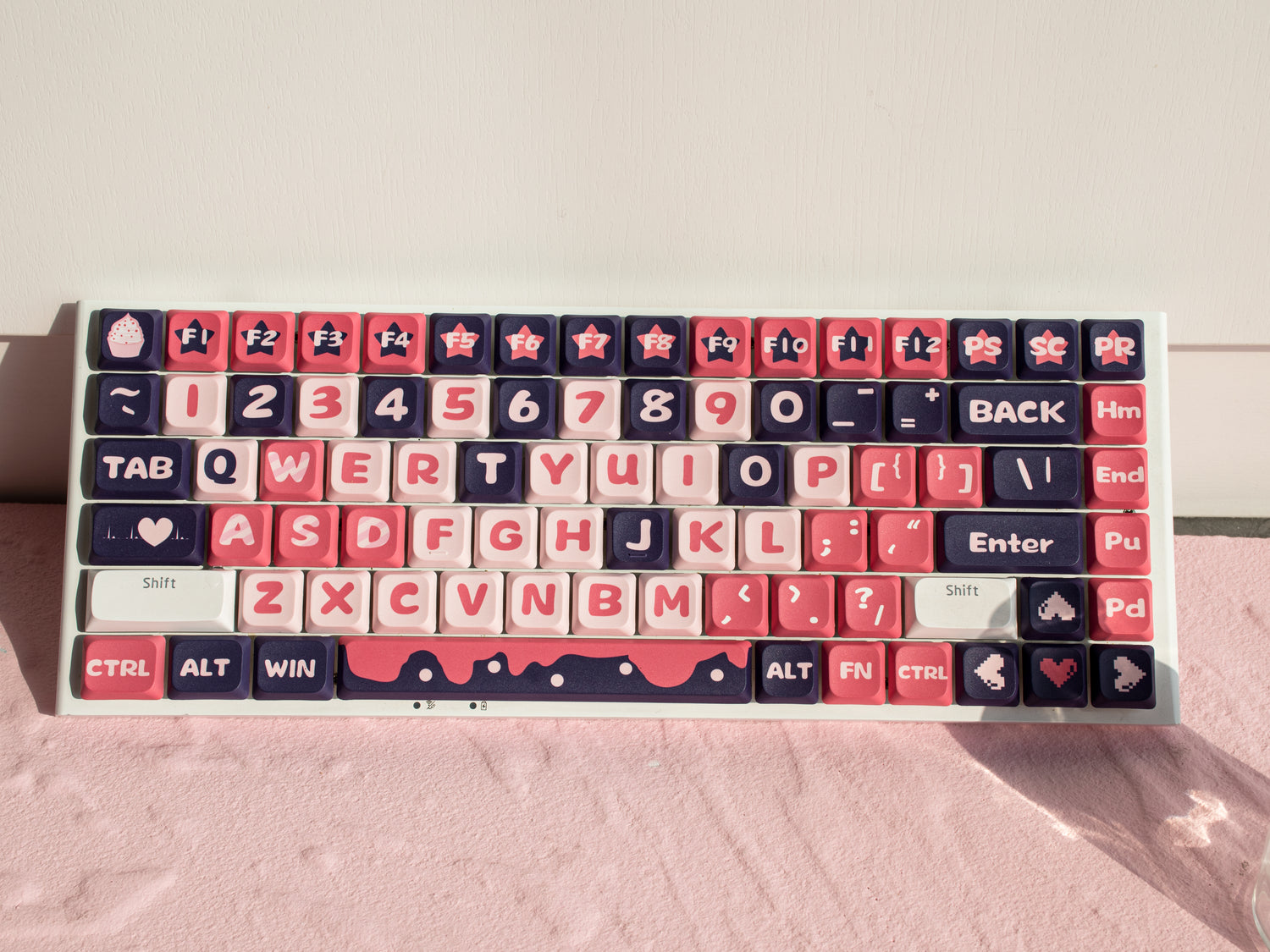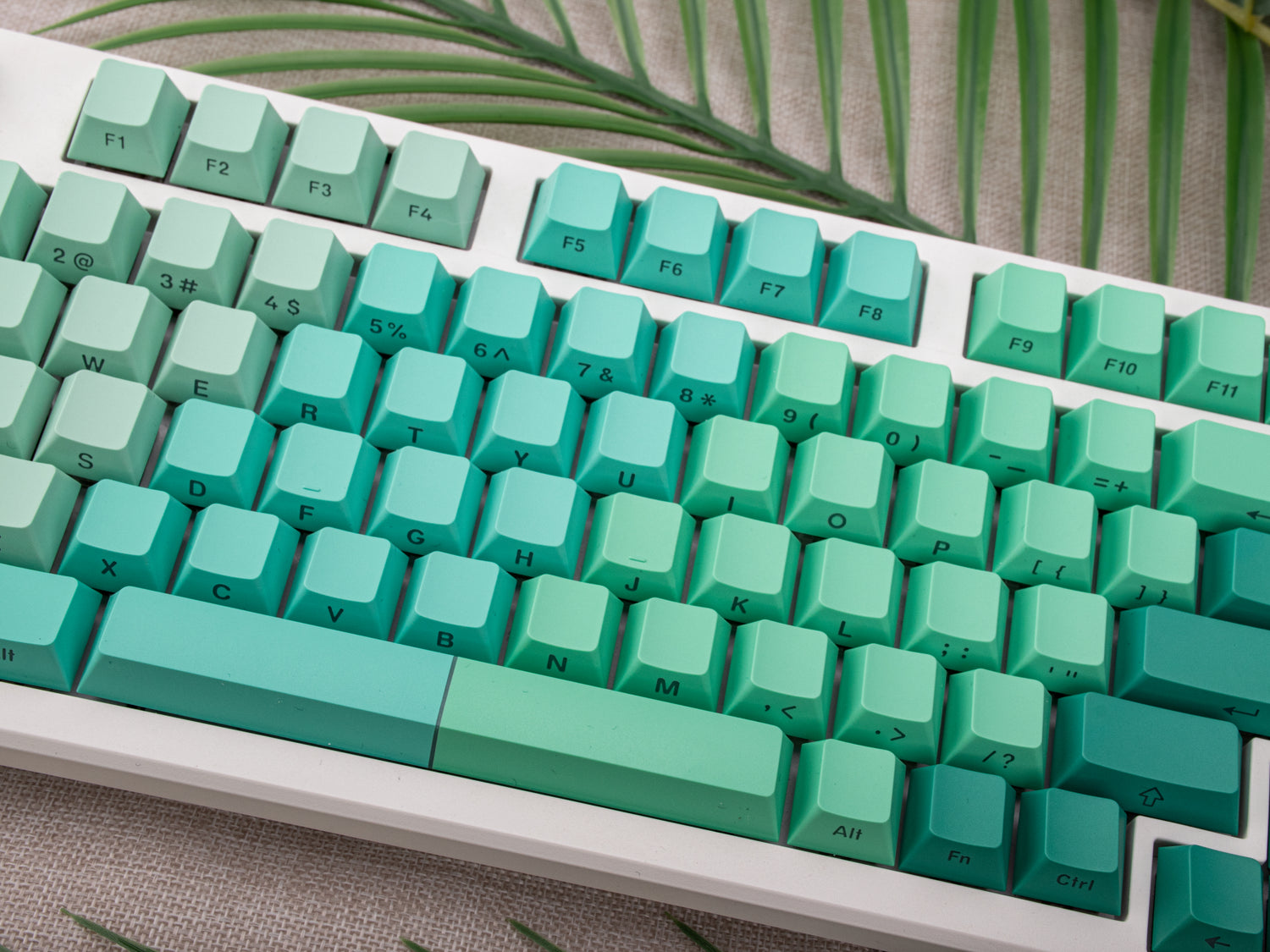Introduction: Welcome to our comprehensive keycap selection guide, where we'll delve into the world of custom keycaps and help you unlock your keyboard's true potential. Keycaps are an essential aspect of a mechanical keyboard, not just for their aesthetics but also for their impact on your typing experience. This guide will assist you in making an informed decision when selecting keycaps that match your preferences and needs.
-
Material: ABS vs. PBT Understanding the materials used for keycaps is crucial in making an informed choice. The two most common materials are ABS (Acrylonitrile Butadiene Styrene) and PBT (Polybutylene Terephthalate). ABS keycaps are less expensive, lightweight, and have a smooth texture. However, they tend to develop a shiny finish over time due to wear. PBT keycaps are more durable, resistant to shine, and have a rougher texture. They are generally more expensive but offer a premium feel and longer-lasting quality.
Features ABS Keycaps PBT Keycaps Durability Less durable than PBT More durable than ABS Feel Smooth surface, slightly greasy or oily to touch Textured surface, rougher and grainy to touch Finish Slightly glossy Matte Material Acrylonitrile Butadiene Styrene Polybutylene Terephthalate Weight Lighter Heavier Sound Produce a higher-pitched "clacky" sound Produce a lower-pitched, deeper sound Cost Relatively cheap to produce and purchase More expensive to produce and purchase
-
Profile: Keycap profiles refer to the shape and height of the keycaps. Common profiles include OEM, Cherry, SA, DSA, and XDA. The ideal profile depends on personal preferences and typing style. For example, Cherry and OEM profiles are sculpted, providing a comfortable typing experience for touch typists, while DSA and XDA are uniform, which may be preferred by those who prefer a consistent feel across the board. Experimenting with different profiles can help you find the perfect match for your needs.
-
Legends: Printing and Aesthetics Legends are the symbols or characters on keycaps. They can be printed using different techniques, such as pad printing, laser etching, dye-sublimation, or double-shot molding. The durability and clarity of legends vary depending on the method used. Double-shot keycaps have the highest durability, as the legends are made from a separate piece of plastic and will not fade over time. Dye-sublimated and laser-etched legends are also long-lasting, while pad-printed legends tend to wear off more quickly.
-
Color and Design: A significant part of keycap customization is the visual aspect. Keycaps are available in various colors, patterns, and designs, allowing you to express your personality and preferences. Custom keycap sets can be found in a wide range of themes, ranging from minimalist to vibrant and intricate designs. When selecting a keycap set, consider the overall look you want to achieve and the level of visual impact you desire.
- Compatibility: Before investing in a new set of keycaps, ensure they are compatible with your keyboard's layout and switch type. Keycaps are designed to fit specific stem types, such as Cherry MX, Topre, or Alps switches. Additionally, check that the keycap set supports your keyboard's layout, including non-standard keys and sizes.
Conclusion: Selecting the perfect keycaps for your mechanical keyboard can greatly enhance your typing experience and personalize your keyboard to your preferences. By considering factors such as material, profile, legends, design, and compatibility, you can make an informed decision and elevate your keyboard game. Happy typing!





